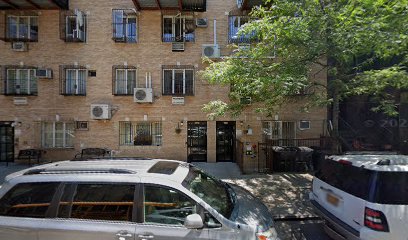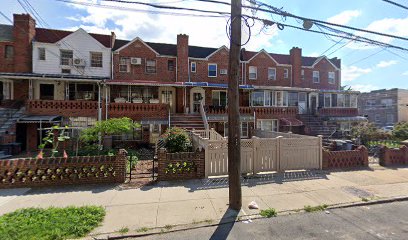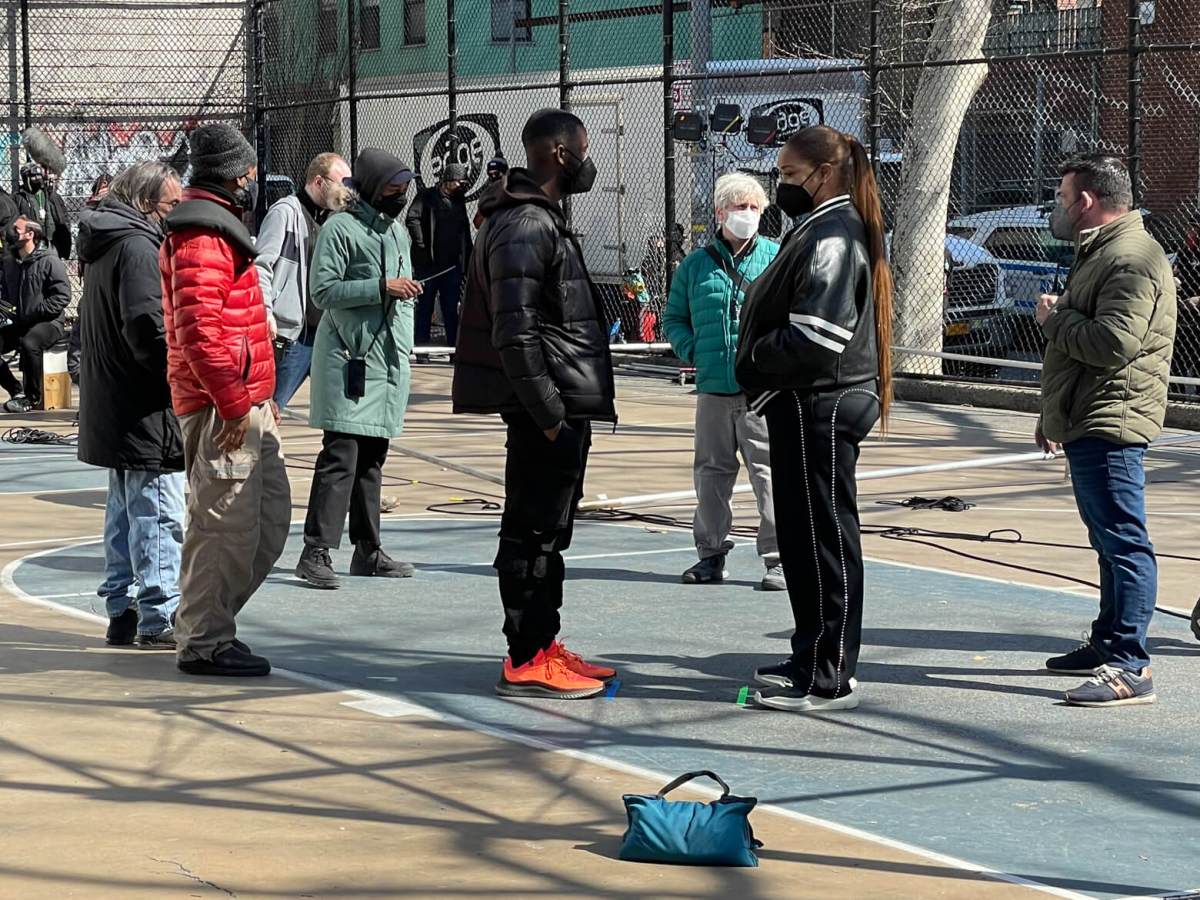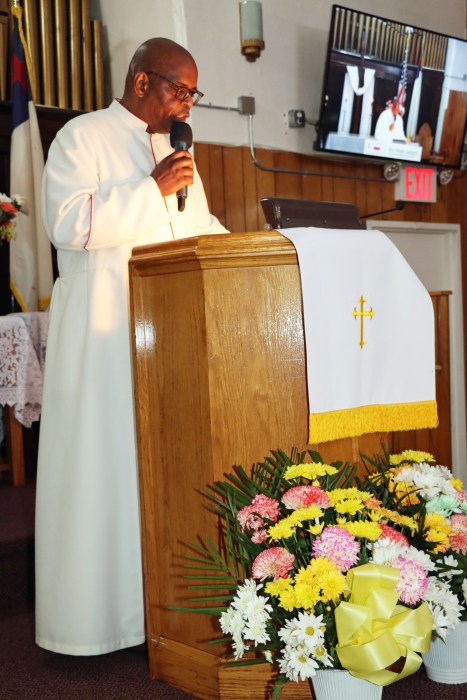Built into the grand granite staircase of Fort Greene Park is a dark metal door welded shut. On the other side lies a dank stone crypt holding the remains of an estimated 11,500 Americans who died on British ships during the American Revolution.
Didn’t know that? Join the club.
“We have short-term memories, and we are, alas, raising too many young Americans who are historically illiterate,” said David McCullough, the revered historian, the author of “1776,” and a one-time Brooklyn resident.
Be that as it may, McCullough now thinks Fort Greene Park should be right up there with the Tomb of the Unknowns, in Arlington, Virginia, as a “destination visit for every American.”
“The monument was built so that those lives would never be forgotten. We ought to reinstate that frame of mind, that acknowledgement of the debt we owe to so many.”
Not only was there supposed to be an eternal flame on top, but when the Prison Ship Martyrs Monument (that big white obelisk on top of the crypt) was unveiled in 1908, President-elect Taft came to the ceremony. That’s how important it was.
But history moves quickly: World War I followed closely on the heels of the monument’s completion, drawing attention to a whole new generation of veterans. And then there’s that human tendency to dwell on battles won, like the Battle of Yorktown, rather than battles lost, like the Battle of Brooklyn. The Parks Department’s Brooklyn Chief of Staff Marty Maher is doing his part, securing $4 million for the memorial, complete with an “eternal flame,” and he’s built historical exhibits in the park’s visitors’ center because “it’s important for people to know the story.”
The story goes something like this: At the time of the Revolution, there was no real American navy. Rather, there was a motley crew of renegade merchants who raided British ships and brought back the bounty to the Americans. The British ended up capturing thousands of the privateers, and put them on prison ships in Wallabout Bay during the war.
“There were up to 1,000 men at a time on the Jersey … kept below decks,” said Maher. “They had very poor sanitary conditions. They had to cook in this thing called the ‘great copper.’ They were given sea-water to cook with, and salt and copper is a poisonous mixture. Between five and 15 men would die daily.
“They were freed if they signed up for the British cause,” added Maher. “There are no recorded instances of anyone taking that up.”
So this Memorial Day, consider having your picnic at the monument and toasting the boys in that dark crypt.
The Kitchen Sink
The Greene Grape is hiring an office manager. So if you like to sip Malbec while filing, this may be the gig for you. …
Eat a brie-and-apple crepe and donate money to charity — at the same time! Loulou, on Dekalb and Clermont avenues, is taking part in our pal Lenore Arons’s “Dining Out for a Cure” fundraiser, which means it will donate part of its June 19 receipts to the breast cancer fight.















